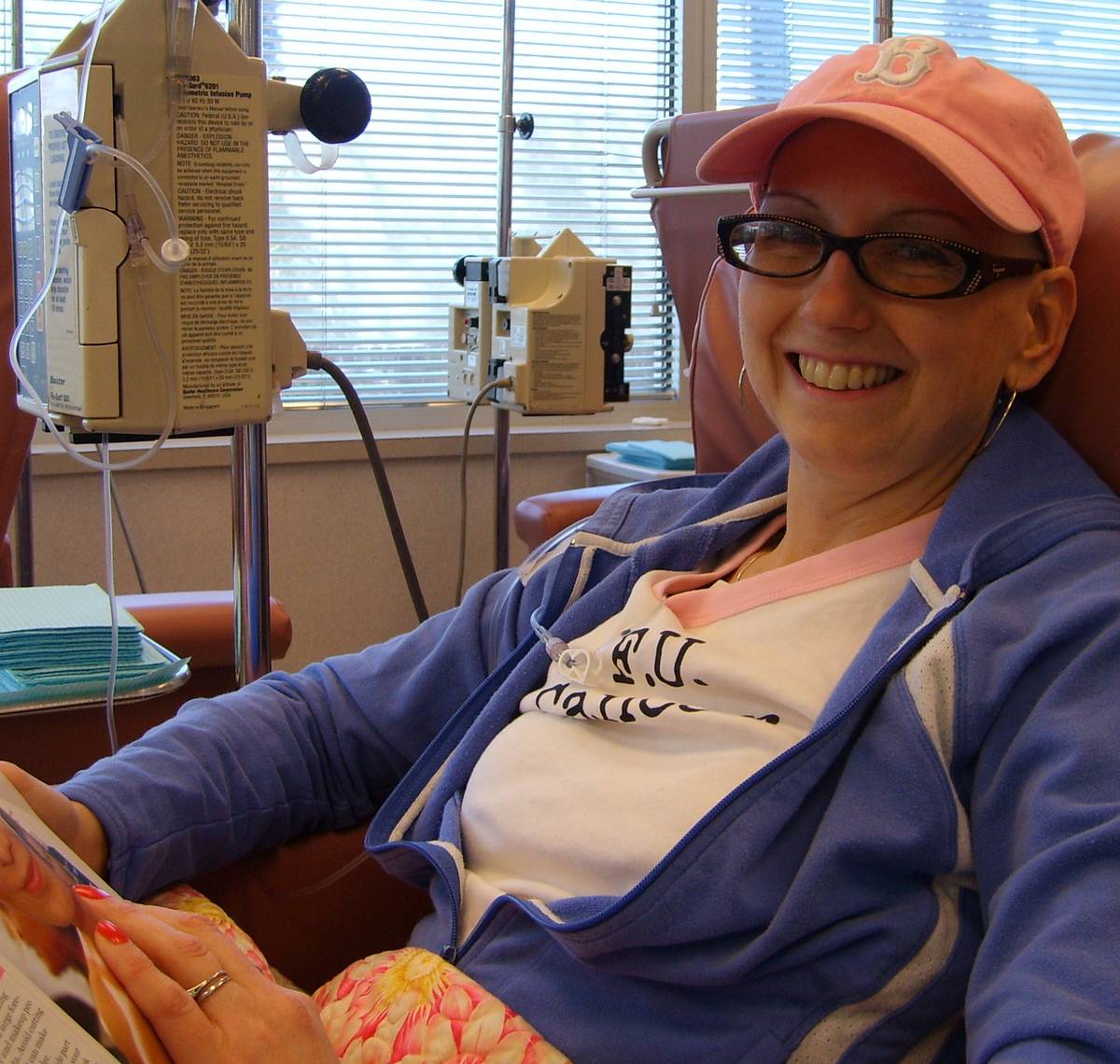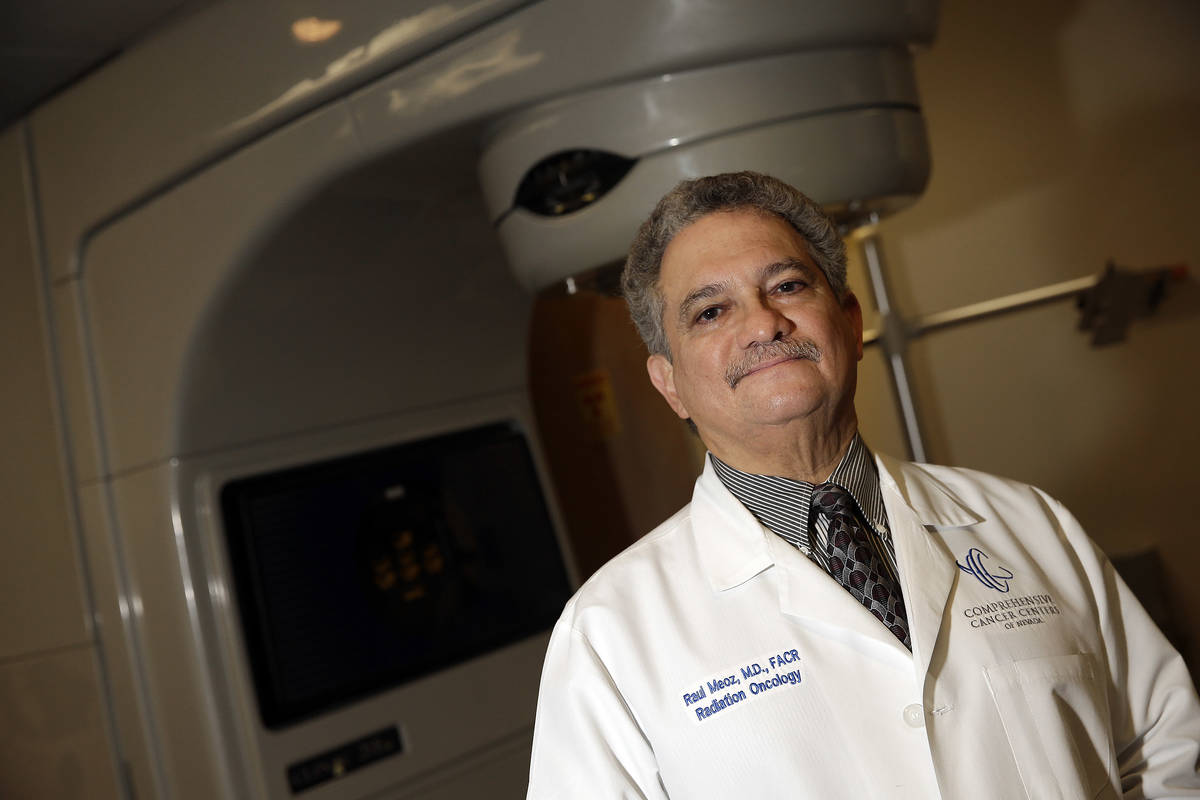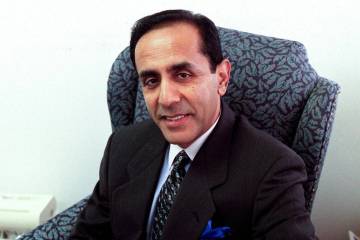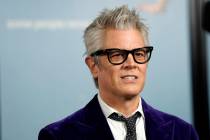Las Vegas woman healthy after cancer treatment with CyberKnife
Ten years ago, Maura Bivens became one of the first women in Southern Nevada to be treated with the groundbreaking CyberKnife. The treatment was for triple-negative breast cancer that had metastasized to her lungs. The outlook was grim.
But today, the 51-year-old, like so many other patients who have received this targeted technology, is healthy and recently achieved her third-degree black belt in taekwondo. She is now working to achieve her fourth-degree black belt.
“I continue to wrestle with the unknown since I don’t know how much time I truly have,” she said. “I’m close to my three children (Zoe, 21, Jackson, 17, and Hunter, 14) but need to let them move on with their lives. I’m thankful that my husband, Mark, and I were able to celebrate our 25th wedding anniversary last month and now we’re looking forward to retiring together.”
Bivens was introduced to CyberKnife by her oncologist, Heather Allen. The machine was new to Las Vegas, and before its arrival, patients traveled out of town for the procedure.
At the time, it was developed to treat very small tumors, especially in the brain. It is now being used for prostate cancer, lung cancer and sometimes to relieve pain from trigeminal neuralgia, a pain syndrome that emanates from nerves in the brain.
“My situation was complicated,” she said. “There were two different things going on with me. I was originally diagnosed with triple-negative breast cancer, stage 2B, in December 2007. That meant the cancer was in my breast but also in lymph nodes looking to move elsewhere in my body. So I did four months of chemo with double mastectomy reconstruction. At the same time, 11 lymph nodes were removed.”
Following that treatment, Bivens began radiation of the breast area, which was six weeks of radiation for five days a week, 10 minutes each session. It was her very first chest X-ray in November 2009 that caught a shadow that needed more testing. It led to the discovery of two tumors in different lung lobes.
“This surprised me,” she said. “I went for a biopsy and learned that the breast cancer had metastasized into my lungs. The prognosis was not good. I was told I had one year to live and should spend as much time as I could with my family. I started aggressive chemotherapy which was harsh and adversely affected my quality of life.
“This is when Dr. Allen suggested the new CyberKnife procedure. At first, I didn’t want to do it, but my kids were young and I wanted to do whatever I could to be with them in the future. Then I met Dr. Meoz.”
Raul T. Meoz is a member of the radiation oncologist team at Comprehensive Cancer Centers of Nevada. Among his many titles, he is a clinical associate professor at UNLV School of Medicine.
“The CyberKnife robotic radiosurgery system is an advanced form of cancer therapy that precisely focuses radiation on cancer tumors,” he explained. “It’s an alternative to cancer surgery and traditional radiation. It can treat tumors just about anywhere in the body and is an excellent alternative to traditional cancer treatments such as conventional radiation, chemotherapy and surgery.”
Other advantages of CyberKnife treatment are that it is painless and requires no incisions, anesthesia or pain medication; reduces the side effects associated with traditional cancer treatments; and no recovery time is needed allowing patients to return to normal activities. It was developed at Stanford University in the 1990s.
Since then, hardware and software computer changes have improved the program and kept it current with other ongoing technology. A new treatment-planning software generates the best possible way to decrease treatment times so patients spend less time on the table than 10 years ago.
“Maura was a good candidate for CyberKnife because she was in good physical condition and had already been treated for breast cancer,” Meoz said. “One feature of CyberKnife is that it can track a small tumor as it moves, especially in the lungs, and Maura had a limited number of tumors.”
Meoz said one of the keys to successfully treating cancer is early diagnosis, especially if there is a family history of cancer. There was no history of breast cancer in Bivens’ family, but she continues that theme by encouraging others like her to seek aggressive treatment.
“Stay on top of everything going on with you,” she said. “There is pressure to put on a brave face, but it’s a personal journey. Little things can trigger all kinds of emotions so I take time to be sad or whatever it may take to get me through the situation. There’s no need to have a positive attitude all the time.
“Data shows that metastatic cancer has a zero survival rate, but there are a few of us who have survived. I do yoga and work out on my Peloton bike and run full speed at all times. I look healthy and feel good, but I am not completely cured since there is always a chance it could return. I just continue to put one foot in front of the other and keep moving,” Bivens said.























